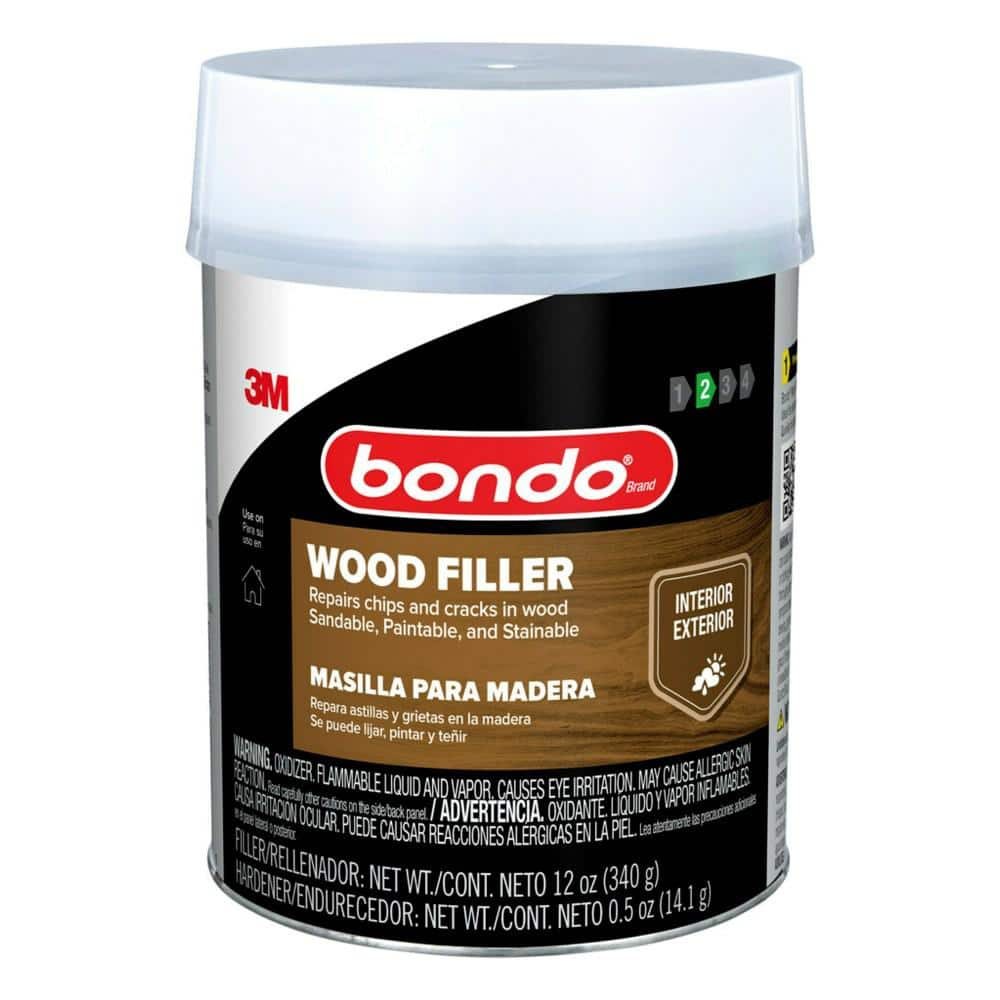I am repainting the side of a cabinet for some friends. Before I paint I need to fill in a couple holes. Holes are from counter sinking screws which I believe were added to add structure/support to the cabinet.
What would you suggest I use to fill the holes? I have used many types of fillers and epoxy in the past. I am curious which types and brands of fillers others might use. It’s fine with me if I need to apply the filler and sand a couple of times if the filler shrinks when drying. I would like something that is easy to sand flat. After the holes are filled/sanded I will lightly sand the entire side and apply a couple coats of paint in hopes of getting a decent match for them in addition to covering the screws which have been added.
Thanks in advance.
What would you suggest I use to fill the holes? I have used many types of fillers and epoxy in the past. I am curious which types and brands of fillers others might use. It’s fine with me if I need to apply the filler and sand a couple of times if the filler shrinks when drying. I would like something that is easy to sand flat. After the holes are filled/sanded I will lightly sand the entire side and apply a couple coats of paint in hopes of getting a decent match for them in addition to covering the screws which have been added.
Thanks in advance.

